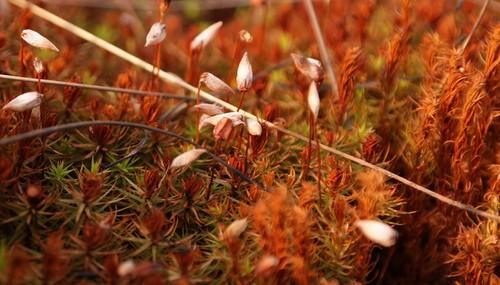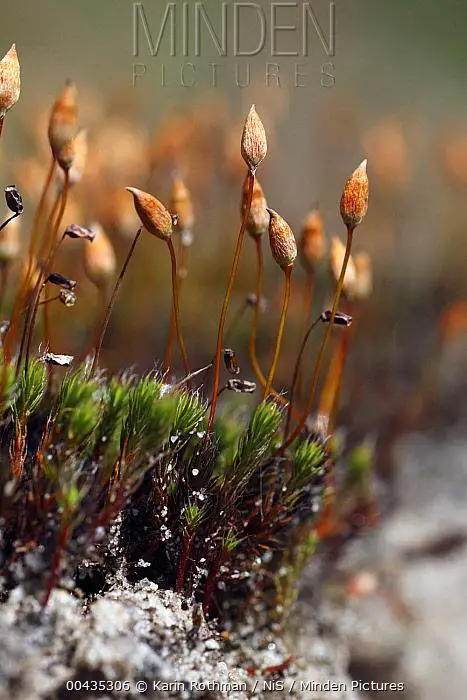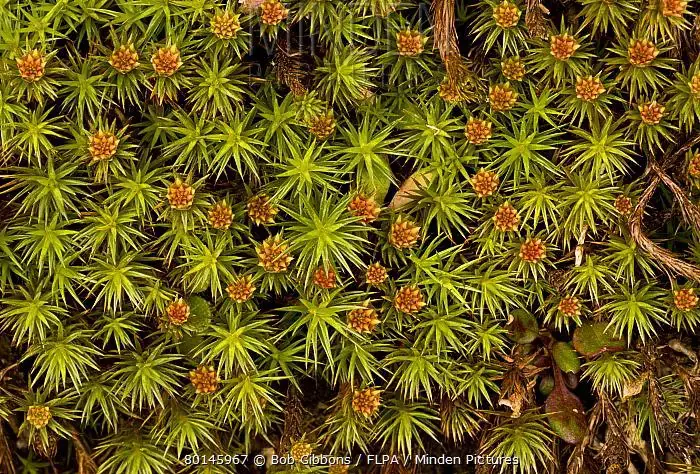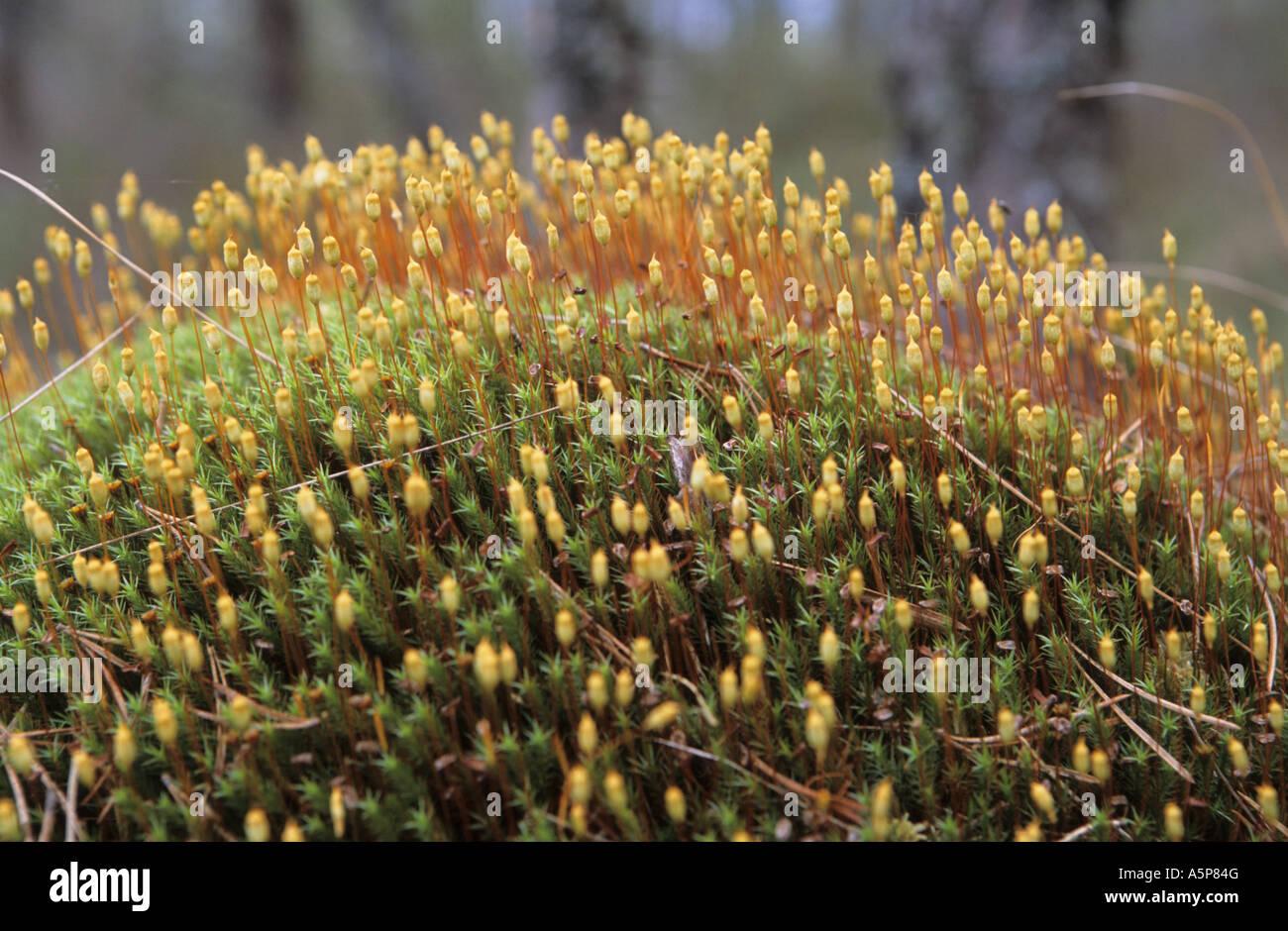
medium.jpeg from: https://www.inaturalist.org/taxa/592431-Polytrichum-subpilosum
Introduction
In the vast and captivating world of bryophytes, the Polytrichum subpilosum P.Beauv. moss stands out as a remarkable member of the Polytrichaceae family. This unassuming yet fascinating plant has captured the hearts of moss enthusiasts worldwide with its unique characteristics and ecological significance. Let’s delve into the intriguing realm of this Polytrichum species, commonly known as the subpilosum moss.
Background
Before we explore the intricate details of this moss, it’s essential to understand its taxonomic classification. The Polytrichum subpilosum P.Beauv. belongs to the phylum Bryophyta, which encompasses all mosses, liverworts, and hornworts. Within this phylum, it is part of the class Polytrichopsida

00435306.jpg from: https://www.mindenpictures.com/stock-photo-polytrichum-moss-polytrichum-piliferum-sporophytes-overijssel-naturephotography-image00435306.html
, a group known for its distinctive features, including the presence of a well-developed stem and leaves.
Main Content
Morphology and Identification
The Polytrichum subpilosum P.Beauv. moss is a perennial plant that forms dense, cushion-like mats. Its stems can reach heights of up to 10 centimeters, and each stem is adorned with lanceolate leaves that are spirally arranged. These leaves are characterized by their serrated margins and a distinctive sheathing base that encircles the stem.
One of the most remarkable features of this moss is its sporophyte, which consists of a seta (stalk) and a capsule. The capsule is cylindrical in shape and is covered by a hairy calyptra (a protective cap). This unique structure aids in spore dispersal and is a defining characteristic of the Polytrichaceae family.
Global Distribution and Habitat
The Polytrichum subpilosum P.Beauv. moss is widely distributed across various regions of the world, including Europe, Asia, North America, and parts of South America. It thrives in a variety of habitats, such as moist woodlands, shaded areas, and acidic soils. This moss is particularly abundant in areas with high humidity and moderate temperatures, making it a common sight in temperate and boreal forests.
Ecological Roles and Adaptations
Despite its small size, the Polytrichum subpilosum P.Beauv. moss plays a crucial role in its ecosystem. It serves as a pioneer species, colonizing disturbed or bare areas and facilitating the establishment of other plant species. Additionally, its dense mats help retain moisture and prevent soil erosion, contributing to the overall stability of the ecosystem.

80145967.jpg from: https://www.mindenpictures.com/stock-photo-juniper-leaved-hair-moss-polytrichum-juniperinum-male-plants-with-naturephotography-image80145967.html
This moss exhibits remarkable adaptations that enable it to thrive in various environments. Its

80047610.jpg from: https://www.mindenpictures.com/stock-photo-juniper-leaved-hairmoss-polytrichum-juniperinum-spore-capsules-naturephotography-image80047610.html
rhizoids (root-like structures) anchor the plant to the substrate, while its leaves

moss-polytrichum-in-close-up-A5P84G.jpg from: https://www.alamy.com/stock-photo-moss-polytrichum-in-close-up-11361327.html
are designed to absorb water and nutrients efficiently. Furthermore, the calyptra protects the developing sporophyte, ensuring successful spore dispersal and reproduction.
Case Studies/Examples
In a recent study conducted in a temperate forest in North America, researchers observed the Polytrichum subpilosum P.Beauv. moss playing a vital role in the regeneration of the forest floor after a disturbance. Its ability to rapidly colonize bare areas and create a suitable microenvironment facilitated the growth of other plant species, contributing to the overall biodiversity of the ecosystem.
Technical Table
| Characteristic | Description |
|---|---|
| Phylum | Bryophyta |
| Class | Polytrichopsida |
| Family | Polytrichaceae |
| Genus | Polytrichum |
| Species | subpilosum P.Beauv. |
| Growth Form | Dense cushion-like mats |
| Leaf Shape | Lanceolate, spirally arranged |
| Leaf Margin | Serrated |
| Leaf Base | Sheathing |
| Sporophyte | Cylindrical capsule with hairy calyptra |
| Habitat | Moist woodlands, shaded areas, acidic soils |
| Distribution | Europe, Asia, North America, South America |
| Ecological Role | Pioneer species, soil stabilization, moisture retention |
Conclusion
The Polytrichum subpilosum P.Beauv. moss, a member of the Polytrichaceae family, is a remarkable plant that deserves our appreciation and admiration. Its unique morphological features, global distribution, and ecological roles make it a fascinating subject of study for moss enthusiasts and researchers alike. As we continue to explore the intricate world of bryophytes, this unassuming moss serves as a reminder of the incredible diversity and resilience found in nature’s smallest wonders.
Ponder this: How might the adaptations of the Polytrichum subpilosum P.Beauv. moss inspire innovative solutions for environmental challenges we face today?